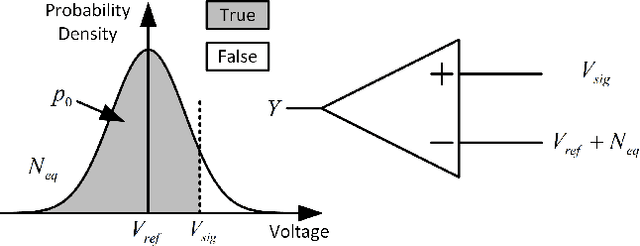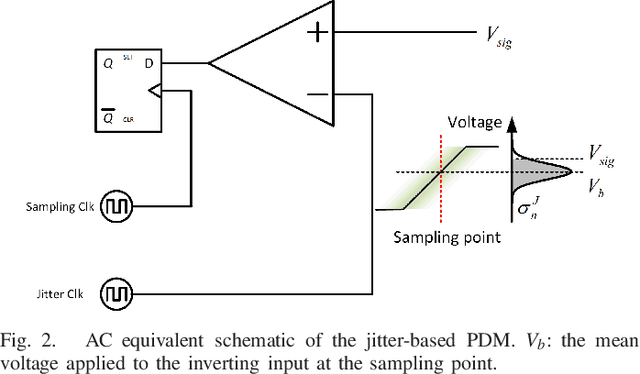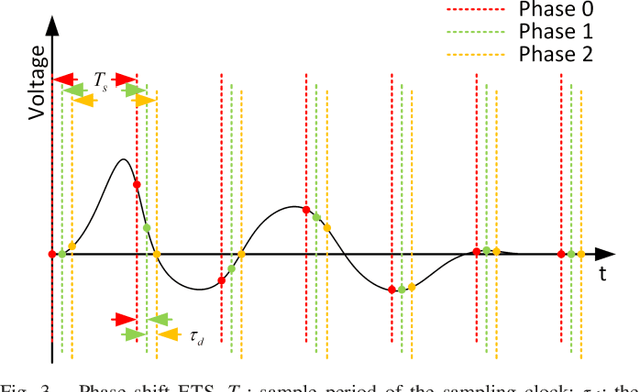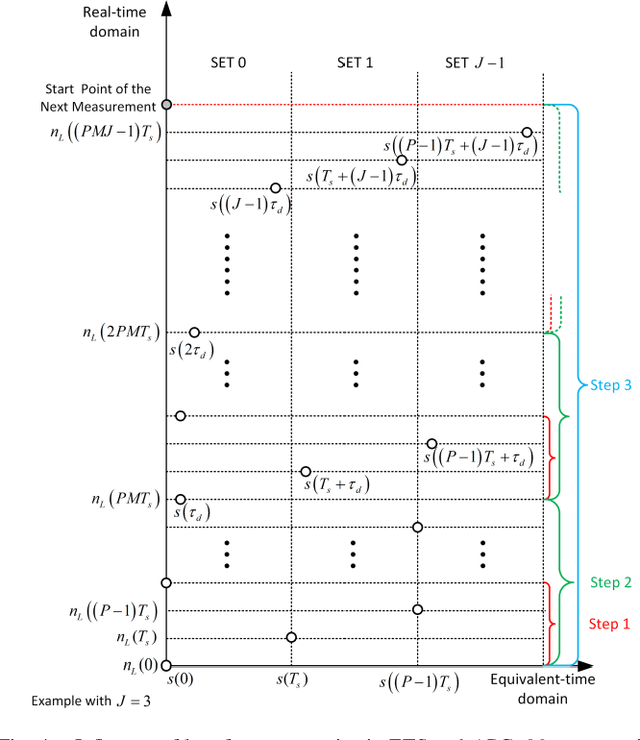A High-Performance, Reconfigurable, Fully Integrated Time-Domain Reflectometry Architecture Using Digital I/Os
Paper and Code
May 01, 2021



Time-domain reflectometry (TDR) is an established means of measuring impedance inhomogeneity of a variety of waveguides, providing critical data necessary to characterize and optimize the performance of high-bandwidth computational and communication systems. However, TDR systems with both the high spatial resolution (sub-cm) and voltage resolution (sub-$\muV$) required to evaluate high-performance waveguides are physically large and often cost-prohibitive, severely limiting their utility as testing platforms and greatly limiting their use in characterizing and trouble-shooting fielded hardware. Consequently, there exists a growing technical need for an electronically simple, portable, and low-cost TDR technology. The receiver of a TDR system plays a key role in recording reflection waveforms; thus, such a receiver must have high analog bandwidth, high sampling rate, and high-voltage resolution. However, these requirements are difficult to meet using low-cost analog-to-digital converters (ADCs). This article describes a new TDR architecture, namely, jitter-based APC (JAPC), which obviates the need for external components based on an alternative concept, analog-to-probability conversion (APC) that was recently proposed. These results demonstrate that a fully reconfigurable and highly integrated TDR (iTDR) can be implemented on a field-programmable gate array (FPGA) chip without using any external circuit components. Empirical evaluation of the system was conducted using an HDMI cable as the device under test (DUT), and the resulting impedance inhomogeneity pattern (IIP) of the DUT was extracted with spatial and voltage resolutions of 5 cm and 80 $\muV$, respectively. These results demonstrate the feasibility of using the prototypical JAPC-based iTDR for real-world waveguide characterization applications
 Add to Chrome
Add to Chrome Add to Firefox
Add to Firefox Add to Edge
Add to Edge